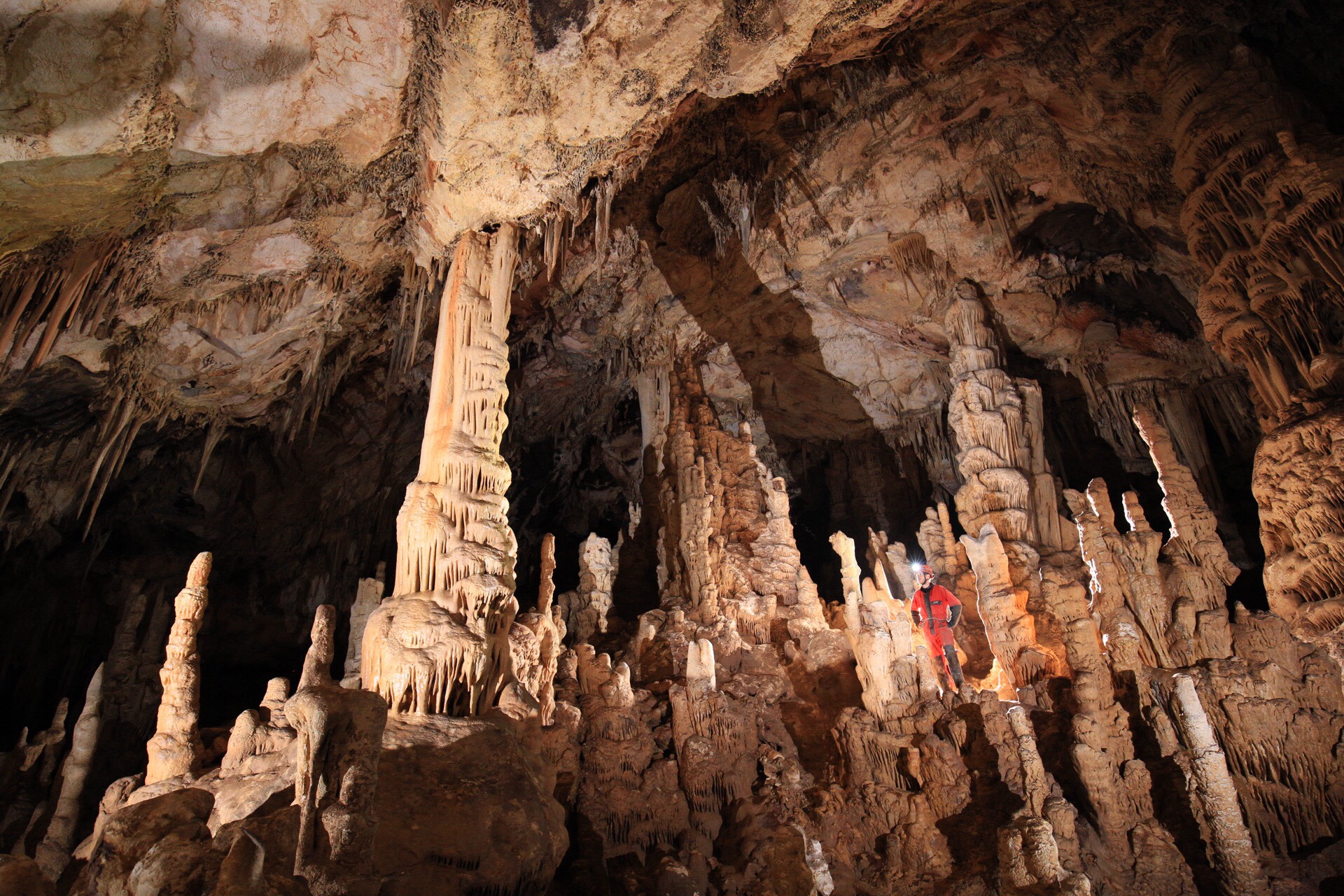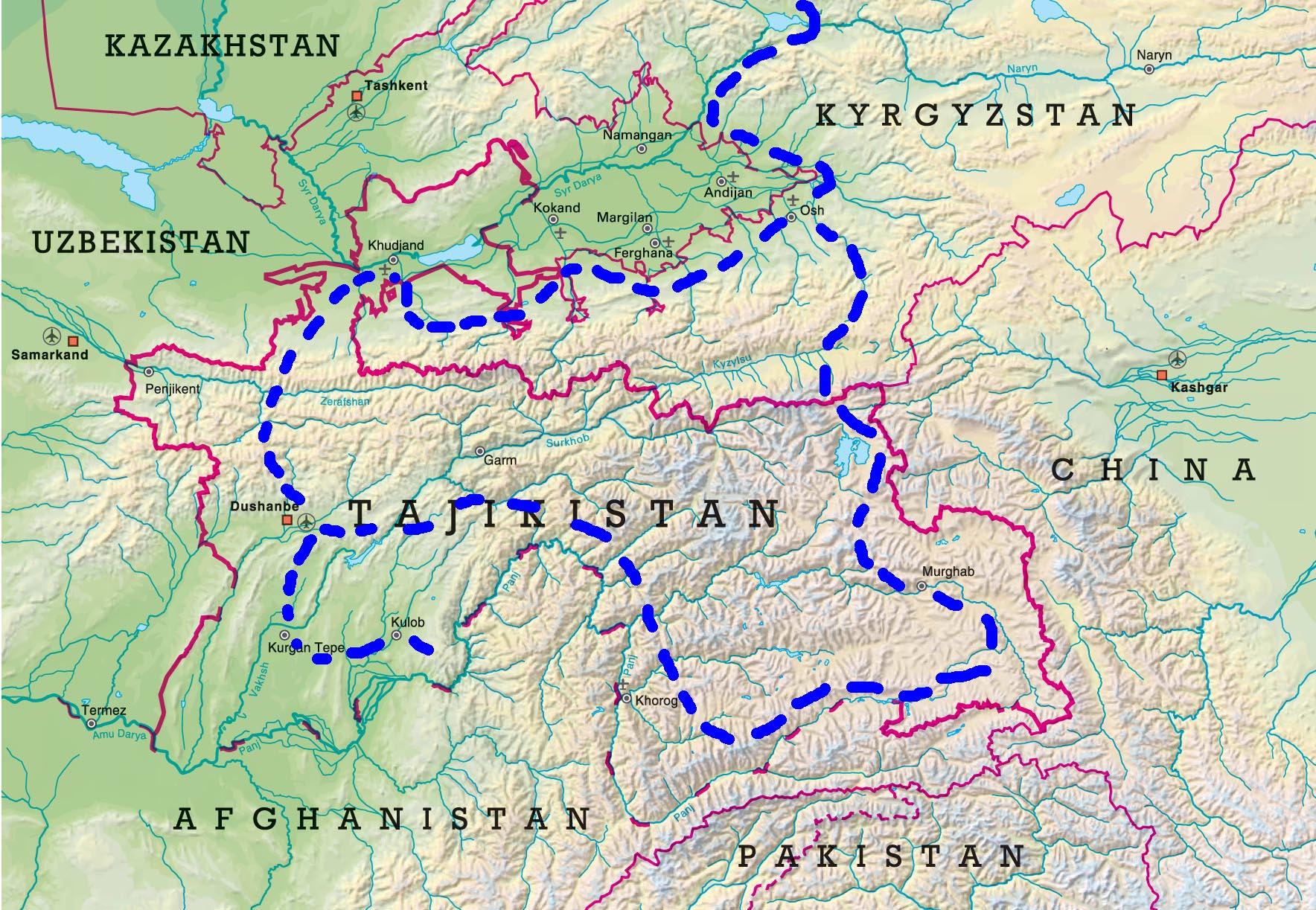
Caves of Central Asia
Foundation for the Preservation and Exploration of Caves and the Central Asian Speleological Union, carry out speleological research in the vast territory of Central Asia. The main goal of speleological expeditions is to search for and explore caves. An important task of our organizations is to preserve the caves for future generations.

Caves of Uzbekistan
The biggest caves of Uzbekistan There are more than thousand caves in Uzbekistan. In terms of the number of caves, their depth and size, the caves of Uzbekistan are significantly ahead of all the famous caves of Central Asia taken together. The biggest speleological discoveries in Uzbekistan started in the early 70s of XX century. As a result of these researches, more than 600 caves were discovered, including, the deepest abysses of the Asian continent: Boy-Bulok and Kievskaya, 16 km long labyrinth of Festivalnaya-Ledopadnaya cave systems. In recent years, as Continue Reading

Caves of Kyrgyzstan
There are about 200 known caves in Kyrgyzstan. Some of them are geological natural monuments and are protected by the state. First of all, this is the Chil-Ustun cave, known as a unique underground landscape, as well as a habitat for rare species of bats. Galleries of ancient rock paintings from the 2nd to the 11th centuries were found in the cave. Another interesting cave is Pobednaya (Osh mountain hills) – a complex and long cave of hydro-thermokarst origin. Kyrgyz speleologists have not abandoned the idea to go through the Continue Reading

About projects
Our speleological projects are studies of previously unstudied or poorly studied karst areas. Studies of new caves and caves, mentioned by local residents. In the study of caves, we approach with comprehensive technique taking into account interests of archaeologists, biologists, geologists, hydrogeologists and other fields of speleology. All the projects are carried out approved by local authorities, and the results of the researches we make available to a wide range of people who are not indifferent to the fate of caves. Caves of Central Asia can bear various information related Continue Reading

SPECIAL PROJECT – Search for caves in the unexplored karst area of Bel-Auty, Baysun-Tau ridge (Uzbekistan). 2023
Research in the new Bel-Auty karst area on the Baysun-Tau mountain range in Uzbekistan, 2023 The deepest caves of Asia are concentrated here on the Baysun-Tau mountain range. However, one of the largest karst areas remained unexplored. Previously, he fell into the border control zone. Now that the border zone has been moved further south, it is possible to find new caves. One of the majestic Baysun-Tau ridges, the Khodja-Gur-Gur-Ata ridge, rises above the surrounding relief and rare mountain villages by more than 3600 m. Its length is more than Continue Reading

“Karst on the Roof of the World” (Pamir, Tajikistan) 2020-2021
Expedition for cave biologists, speleologists, geologists, archaeologists and researchers About the “Karst on the Roof of the World” project: For speleologists, Tajikistan is a little-known country in Central Asia. Very little Speleological knowledge of the country is related to its remoteness and geographical closeness, as well as the lack of caves and people interested in cave exploration. Karst areas are located far from civilized centers very high in the mountains. Political problems did not allow exploring this region in the past. At present, Tajikistan is a rapidly developing secular country Continue Reading

EXTREME PROJECT: RESEARCH of the internal glacial drainage OF MERZBACHER LAKE. Continuation of research in 2021
In November 2019, an international expedition consisting of 23 cavers from 5 countries carried out research on the largest glacier in Tien-Shan named Enylchek. One of research objectives was to study intraglacial drainage systems. Alpine lake Merzbacher, annually for some reason bursts the ice dam. Huge volumes of water rush into the glacier, making kilometers long tunnels. The expedition resulted in discovery of several caves and wells found in the area of Lake Merzbacher. In general, the expedition was successful. But, extreme air temperatures, and some organizational not foreseen in advance Continue Reading




